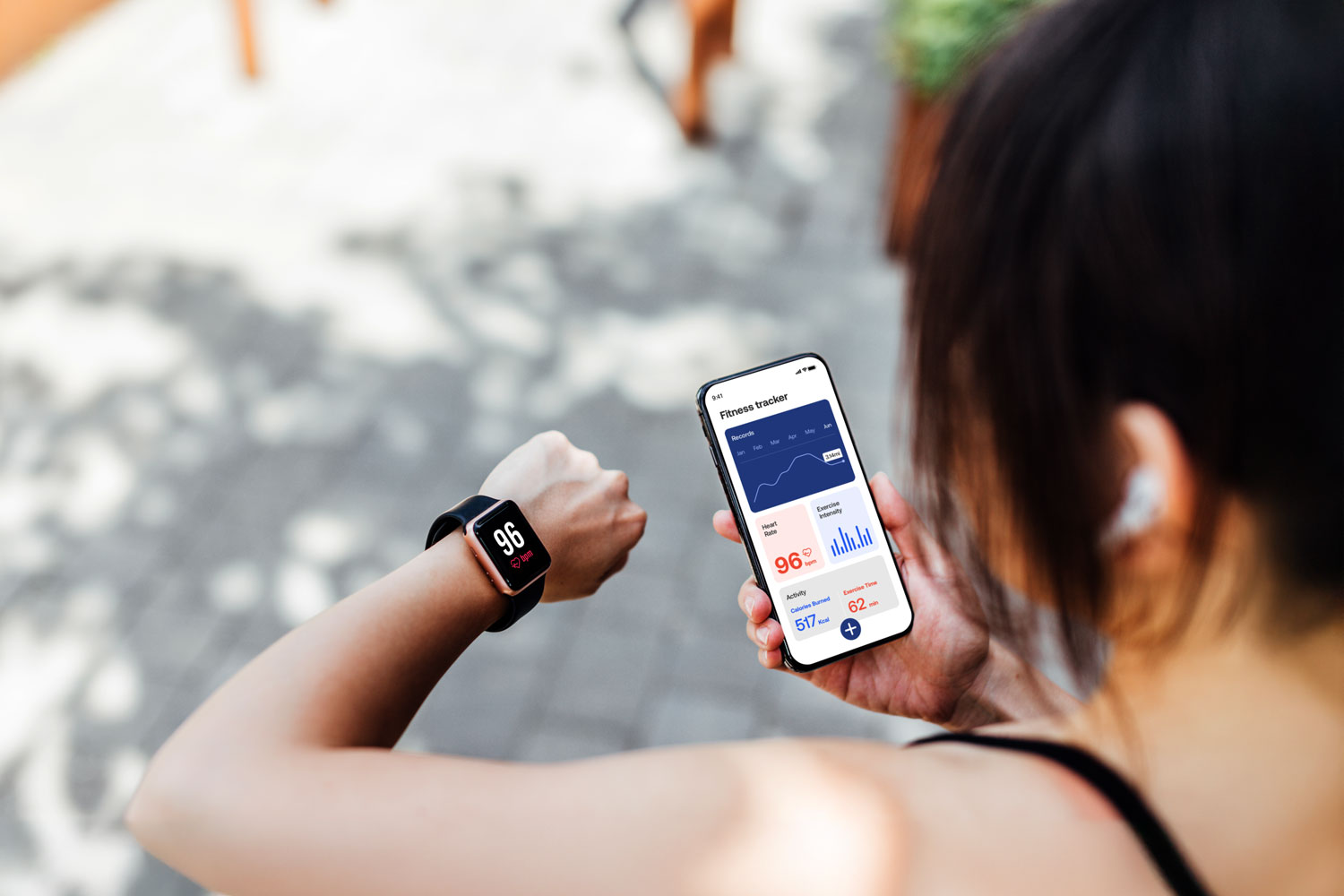Fitness
Though More Is Better, Even Moderate Amounts of Exercise May Reduce Risk for Common Heart Condition

Adding an extra hour every week of physical activity may lower the chance of developing the most common type of irregular heartbeat (arryhthmia) by 11 percent, a new study shows.
Led by researchers at NYU Langone Health, the investigation focused on atrial fibrillation, a condition in which the heart’s upper two chambers beat rapidly and irregularly instead of at a consistent pace. If left untreated, this can lead to stroke, heart failure, and other issues. While past studies have linked exercise to reduced risk of this type of arrhythmia, nearly all of these analyses have relied on participants’ often inaccurate estimates of their own activity levels, the authors say.
To avert this flaw, the current study team used data recorded from the fitness tracker Fitbit to objectively measure physical activity in more than 6,000 men and women across the United States. The results showed that those with higher amounts of weekly physical activity were less likely to develop atrial fibrillation. Notably, the researchers say, even modest amounts of moderate to vigorous exercise, which can range from taking a brisk walk or cleaning the house to swimming laps or jogging, were associated with reduced risk.
Specifically, study participants who averaged between 2.5 and 5 hours per week, the minimum amount recommended by the American Heart Association, showed a 60 percent lower risk of developing atrial fibrillation. Those who averaged greater than 5 hours had a slightly greater (65 percent) reduction.
“Our findings make clear that you do not need to start running marathons to help prevent atrial fibrillation and other forms of heart disease,” said preventive cardiologist Sean P. Heffron, MD, the study senior author. “Just keeping moderately active can, over time, add up to major benefits for maintaining a healthy heart,” added Dr. Heffron, an assistant professor in the Department of Medicine at NYU Grossman School of Medicine and a member of its Leon H. Charney Division of Cardiology. Dr. Heffron also serves as the director of cardiovascular fitness and nutrition at the Center for the Prevention of Cardiovascular Disease at NYU Langone Heart.
Dr. Heffron notes that in the sole earlier study that used activity monitors to investigate atrial fibrillation, researchers provided Fitbit-style monitors to the participants and tracked them for only a week, an approach that may not have accurately captured their normal workout habits. The new investigation, which the authors say is the largest of its kind to date, assessed participants for a full year and included only those who already owned the devices.
A report on the findings will be presented at the annual meeting of the American Heart Association on November 16.
For the study, the research team analyzed data collected as part of the All of Us Research Program. That National Institutes of Health initiative was designed to include Americans who have historically been underrepresented in medical research, such as members of racial minorities, women, and those who live in rural areas. For the program, hundreds of thousands of participants completed questionnaires, gave blood samples, and had their physical measurements recorded, with their health tracked over time.
From that group, the authors of the current study assessed physical activity in the subset (6,086 people) who used a Fitbit device and permitted their Fitbit and electronic health records to be linked to their All of Us data. The team tracked activity information for a year as a baseline and then followed up for another five years to identify those who were diagnosed with atrial fibrillation. The researchers also took into account factors known to contribute to the condition, such as age, sex, and a history of high blood pressure.
“These results highlight the value of Fitbits and similar monitors in medical research,” said study lead author Souptik Barua, PhD, an assistant professor in the Department of Medicine at NYU Grossman School of Medicine. “By offering an objective way to measure exercise for years at a time, these tools can provide deeper insight into how different patterns of activity can impact health.”
For example, says Dr. Barua, the research team next plans to explore whether working out in the morning or at night may have different effects on heart health.
He cautions that since many Fitbit owners in the study were college-educated White women, the investigation assessed a less-diverse group than that of the overall All of Us population. The program is now providing free devices to participants in underrepresented communities for future investigations.
Dr. Barua also cautions that the study was not designed to tell whether exercise alone directly reduced the risk of atrial fibrillation, nor to detect how that might come about or what other factors, such as income or educational status, might be in play in the reduced risk. However, the association between exercise “doses” and the development of the condition in the study participants was strong.
Study funding was provided by NYU Langone Health.
In addition to Dr. Heffron and Dr. Barua, other NYU Langone researchers involved in the study are Dhairya Upadhyay, MS; Aditya Surapaneni, PhD; Morgan Grams, MD, PhD; and Lior Jankelson, MD, PhD.
Media Inquiries
Shira Polan
Phone: 212-404-4279
Shira.Polan@NYULangone.org










